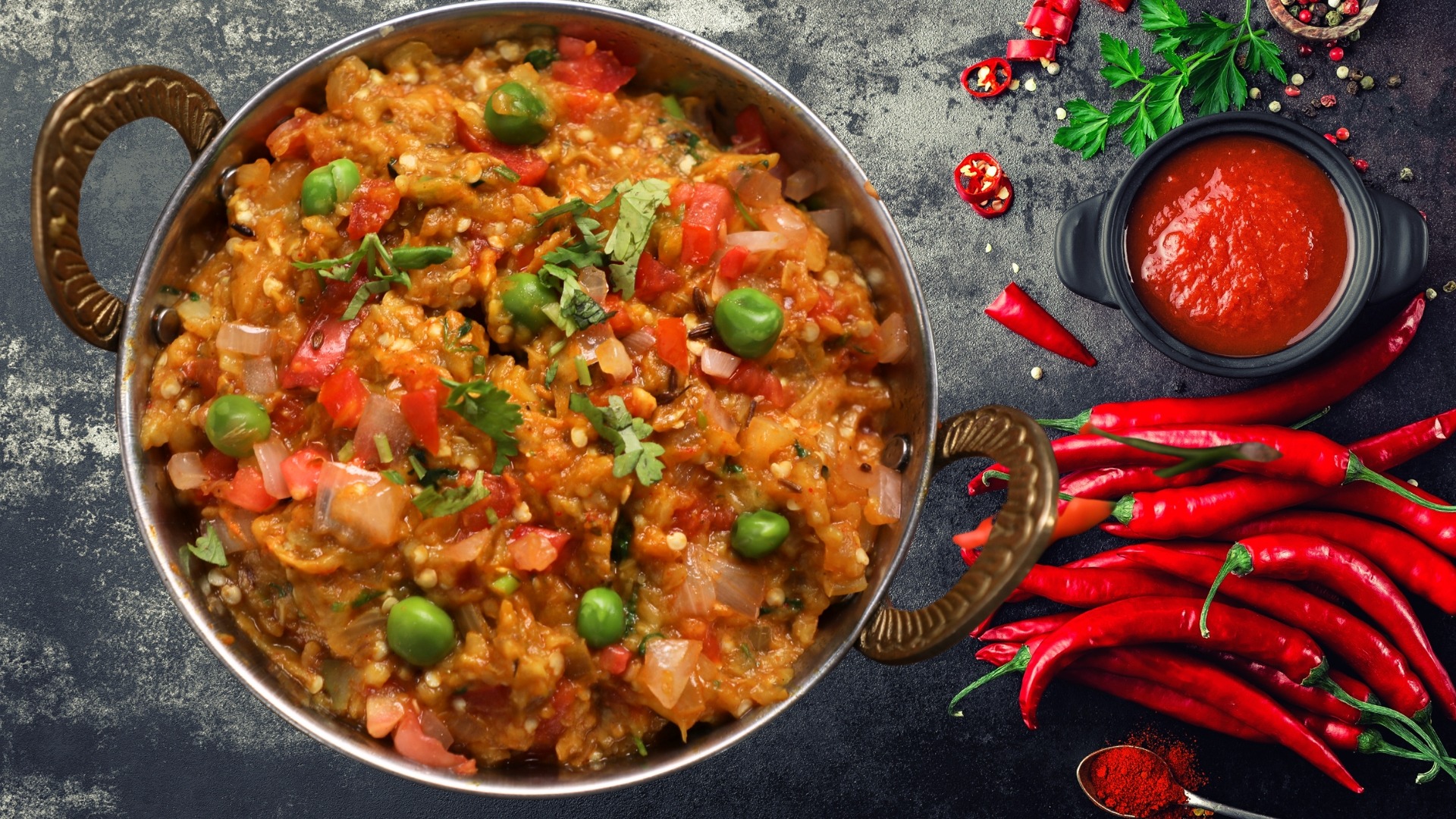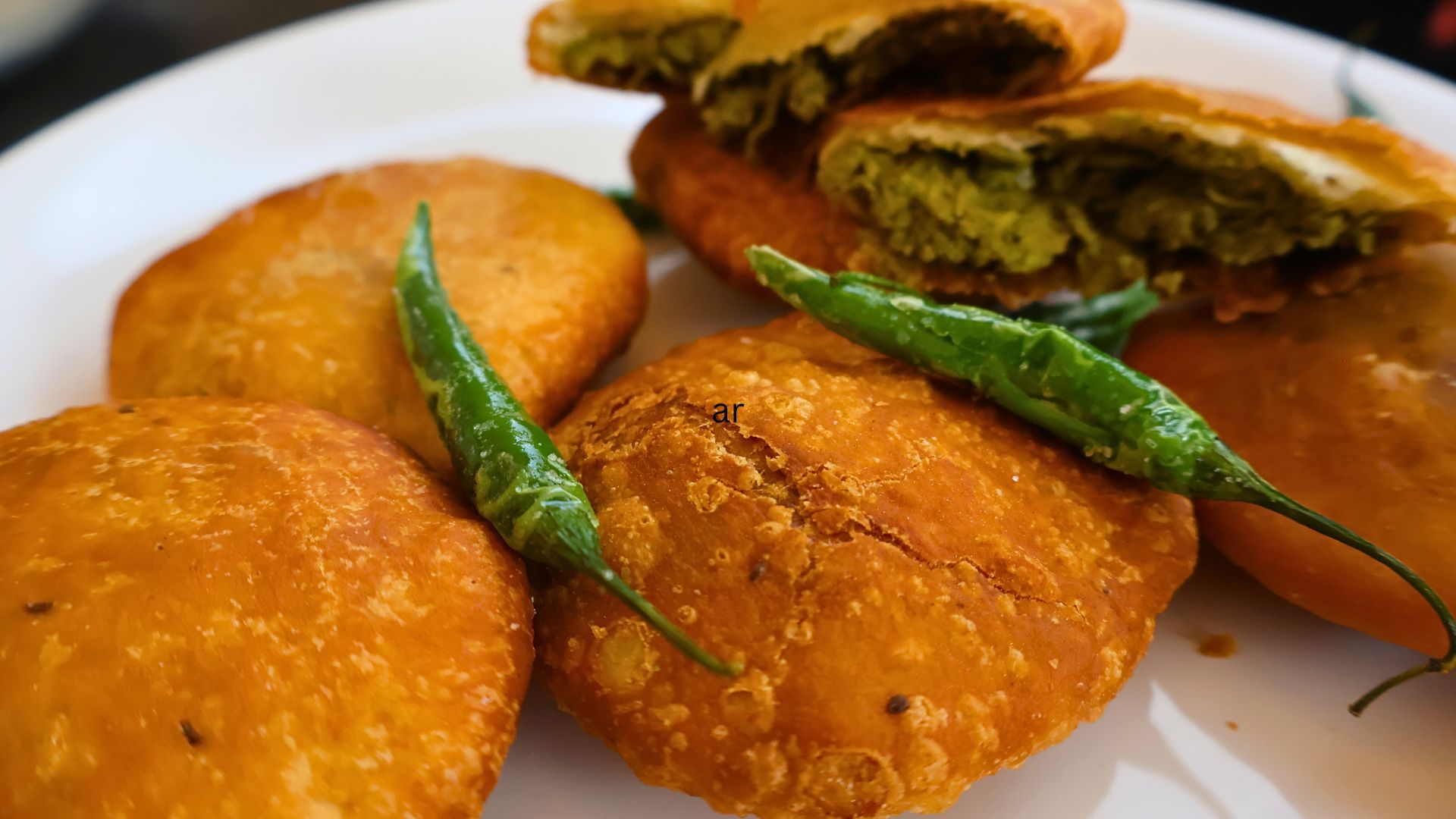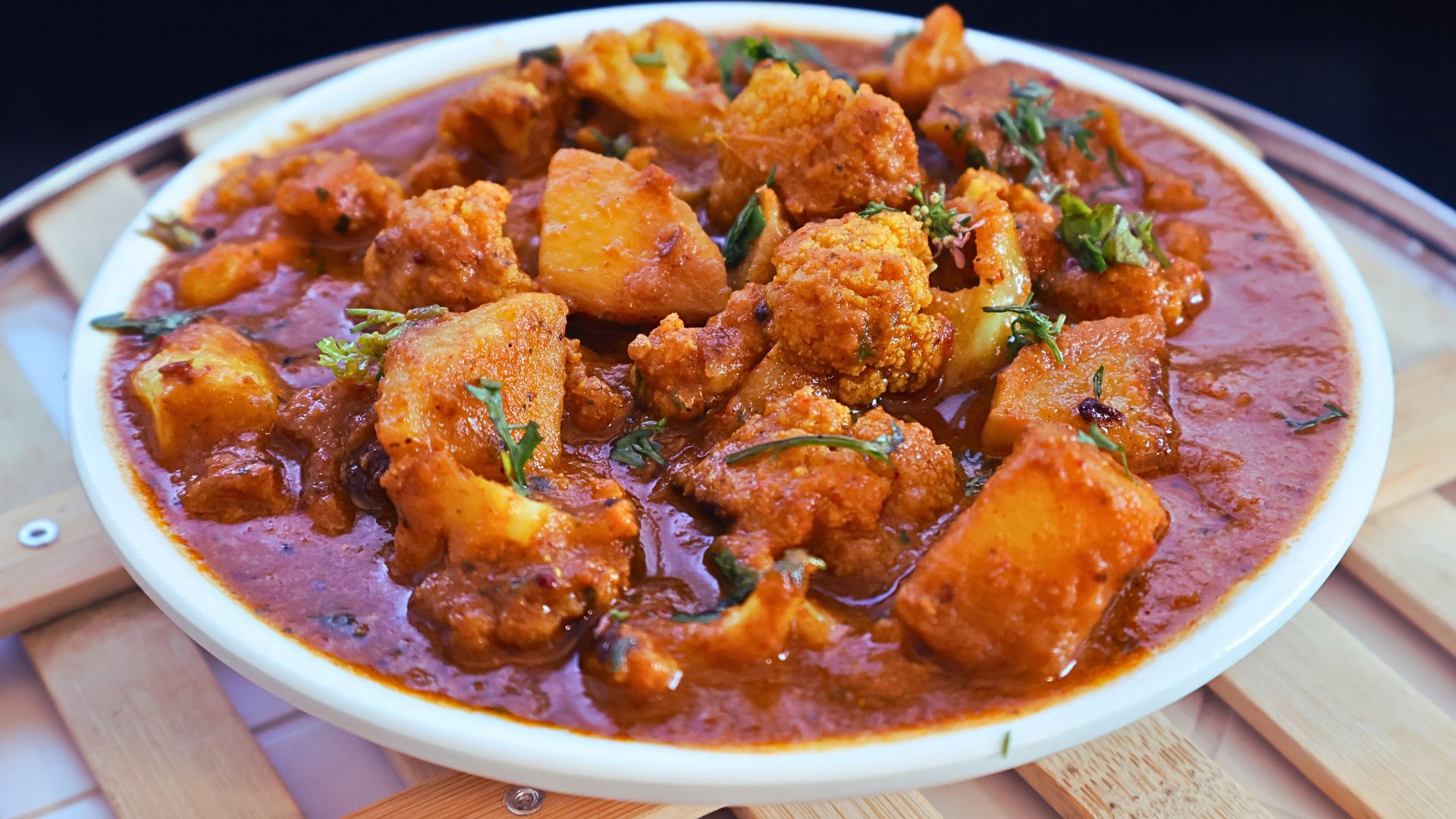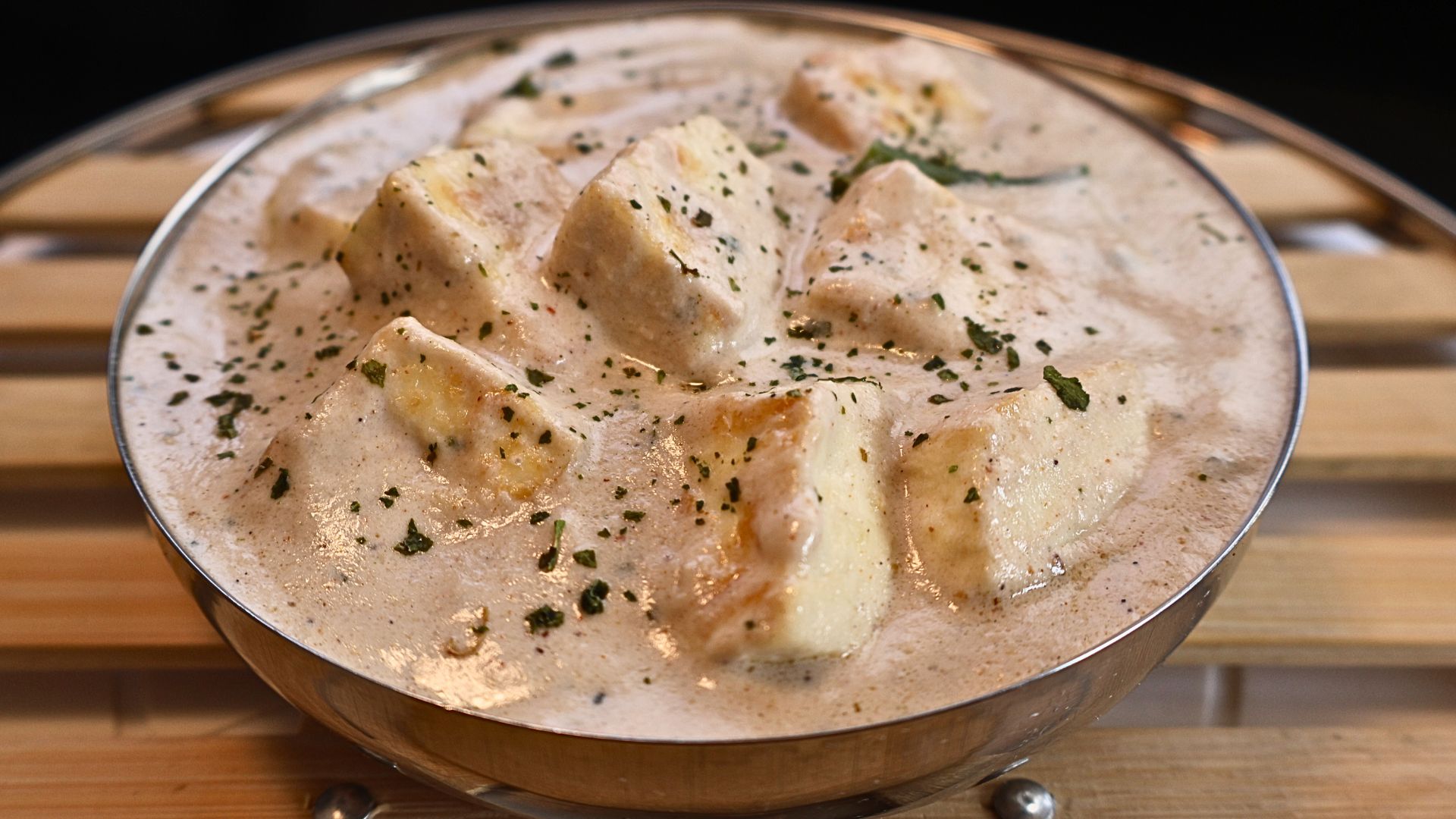Baingan Bharta Recipe – The Ultimate Guide to Smoky, Flavor-Packed Delight
Baingan Bharta isn’t just another dish—it’s an experience. A comforting, smoky, and spicy North Indian classic, Baingan Bharta is made from fire-roasted eggplants mashed and blended with sautéed onions, tomatoes, garlic, and spices. What makes it truly magical is the smoky essence that comes from charring the eggplant over open flame—turning a humble vegetable into a sensational side dish that can win hearts across age groups. Traditionally, this dish is served with hot rotis, parathas, or even steamed rice. It’s a staple in many Indian households, especially in Punjab and Uttar Pradesh, but its fanbase stretches far beyond those regions. Whether it’s a casual dinner or a festive meal, Baingan Bharta always makes the cut for its deep, rustic flavors and versatility. Ingredients You don’t need a fancy pantry to make Baingan Bharta. Just a few staple ingredients and you’re good to go. Here’s what you need: Essential Ingredients: Optional Ingredients for an Extra Kick: All these ingredients come together to create a dish that’s as rich in flavor as it is in tradition. It’s proof that simplicity can often lead to culinary brilliance. Step-by-Step Recipe Step 1: Roasting the Eggplant Start by washing the eggplant and patting it dry. Put vertical cuts on it with a knife in a few places so it doesn’t burst while roasting also, it helps the eggplant to cook evenly. Now, the most crucial part—char it on an open flame. Place the eggplant directly on a gas stove flame or a barbecue grill. Roast it until the skin is charred and the insides become soft and mushy. This should take around 10–15 minutes depending on the size. Keep rotating the eggplant for an even roast. You’ll know it’s done when the skin is blackened, and it starts collapsing inwards. Once done, allow it to cool. Then peel off the charred skin, discard it, and mash the inner pulp using a fork. Keep it aside. Step 2: Preparing the Masala Heat oil in a kadhai or pan. Once it’s hot, add mustard seeds, cumin seeds and let them splutter. Add onions. Cook the onions until they’re golden brown. Now toss in the green peas. Cook it until it turns soft. Now, add red chili powder, turmeric powder, coriander powder, and salt. Cook this masala on medium heat till the oil starts to separate. Add tomatoes and cook until they are mushy. Don’t rush this step—well-cooked masala is the flavor base of bharta. Step 3: Mixing the Mashed Baingan Add the mashed eggplant to the cooked masala. Mix it well to coat the baingan with all those aromatic spices. Stir-fry this mix for 5–7 minutes on low to medium heat to let the flavors come together. Add garam masala at this point if you want a more intense, spiced-up bharta. Stir once and take it off the heat. Step 4: Final Touches Finish with freshly chopped coriander and a squeeze of lemon juice if you like that zing. Some people also drizzle a bit of raw mustard oil on top before serving for that extra kick and aroma. Tips for Perfection Even though Baingan Bharta is a simple dish, a few tricks can elevate it from good to incredible: Want it spicier? Add more green chilies. Prefer a richer feel? Add a spoonful of ghee before serving. Baingan Bharta is super customizable—make it your own! Serving Suggestions Baingan Bharta pairs like a dream with just about anything, but here are the best combos: Garnish with a sprig of coriander, and maybe a slice of onion and lemon on the side. Serve hot—and watch it disappear in no time! Common Mistakes to Avoid Baingan Bharta may seem simple, but it’s easy to trip up without even realizing. Avoid these common blunders if you want to nail the recipe every single time: 1. Skipping the Flame Roasting One of the biggest crimes against Baingan Bharta is roasting the eggplant in the oven only. While baking or microwaving may seem convenient, it won’t give you that deep smoky flavor the dish is known for. Always char your eggplant over an open flame for the best results. 2. Using Eggplants with Too Many Seeds An overripe eggplant filled with seeds can ruin the texture and taste of the bharta. The seeds add bitterness and a gritty feel. Always go for young, light eggplants—they have fewer seeds and a creamier interior. 3. Undercooked Masala Rushing through the onion-tomato masala stage is a rookie mistake. If the masala isn’t well-cooked, your dish will taste raw and unbalanced. Let the tomatoes break down completely and the oil separate—it makes all the difference. 4. Overpowering the Eggplant The eggplant is the hero of the dish. Overloading it with too many spices or strong ingredients can overshadow its natural flavor. Use spices to complement, not dominate. 5. Not Mashing Properly Texture matters. Lumpy bharta isn’t pleasant. Once roasted, mash the eggplant thoroughly for a silky, even consistency. If you like a chunkier bharta, keep a bit of texture—but it should be consistent throughout. 6. Serving It Cold Baingan Bharta tastes best hot or warm. When cold, the flavors dull, and the oil can separate. If reheating, gently warm it in a pan to retain the texture and taste. History and Origin Baingan Bharta has humble roots, but a deep cultural significance. Its story is as smoky as its flavor. The dish traces its origin to rural parts of North India, particularly Punjab and Uttar Pradesh. Traditionally, it was a farmer’s meal—cooked in open fields using basic ingredients and rustic techniques. Eggplants were roasted on open wood fires, and mashed with freshly harvested produce like onions, garlic, and tomatoes. In Punjab, it’s called Baingan Da Bharta, where it’s typically eaten with makki di roti and lassi. In Uttar Pradesh, it’s often paired with bajra rotis or simple parathas. Each household has its own tweak—some add yogurt, others toss in peanuts or mustard seeds. The dish’s charm lies in its simplicity. It started as a poor … Read more










